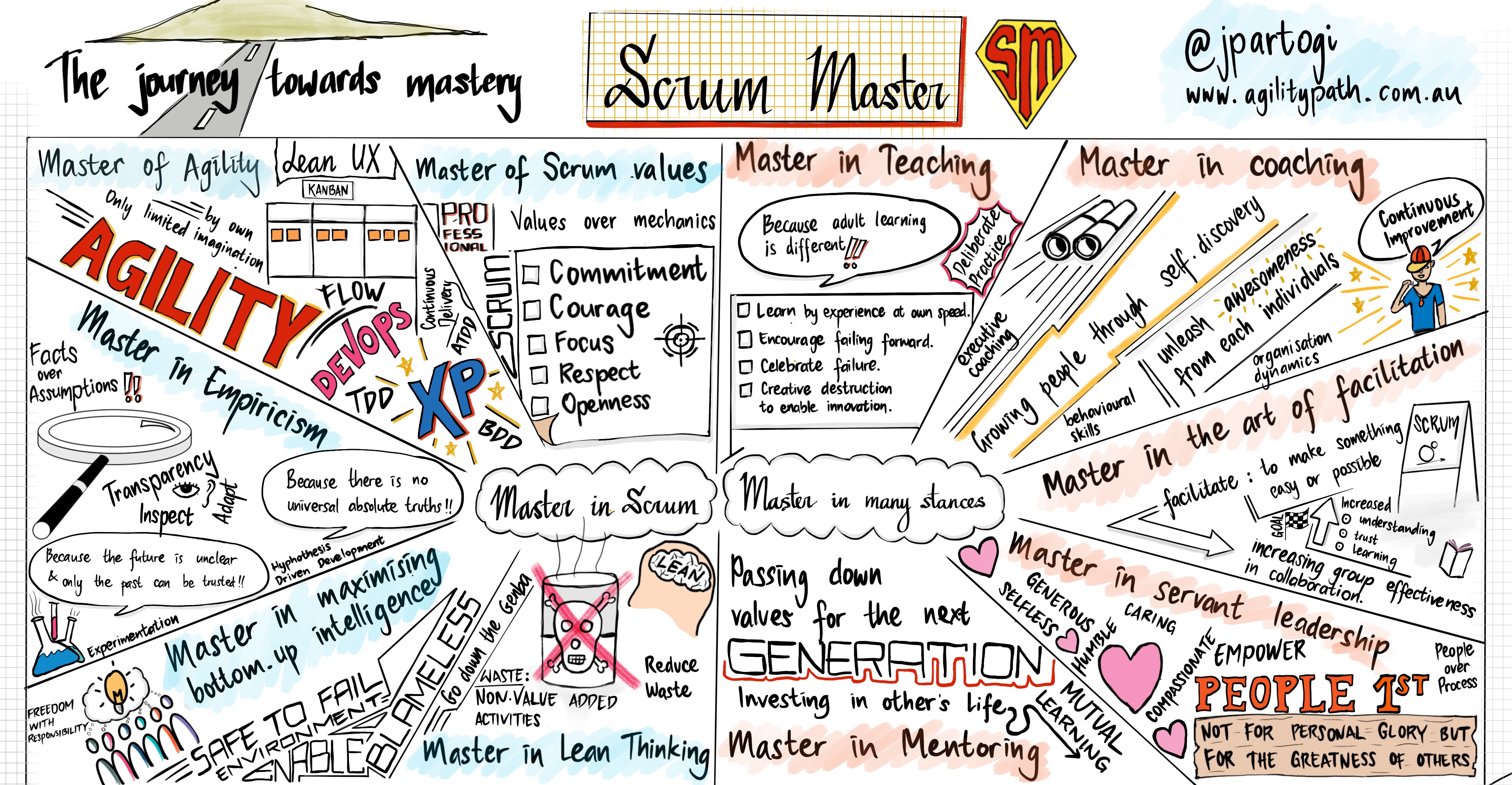This is the third in a series of posts exploring Scrum Mastery. In our first post, we introduced the 4 dimensions of Scrum Mastery. In the second post, we explored how to grow a strong team identity. Now we will explore the team process dimension.
How Do You Work as a Team to Maximize the Benefits of Scrum and Agility?
Recall that the Scrum Team defines their own process within the boundaries of the Scrum framework. This includes their practices, tools, interactions. This includes how they fulfill the accountabilities of their Scrum roles and how they utilize the artifacts and events.








